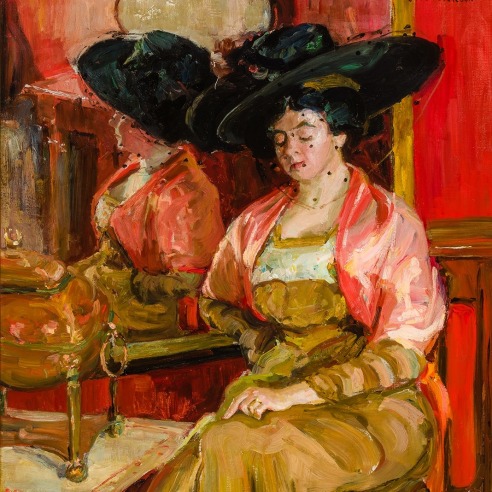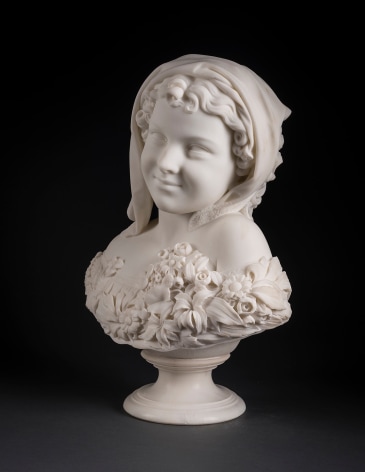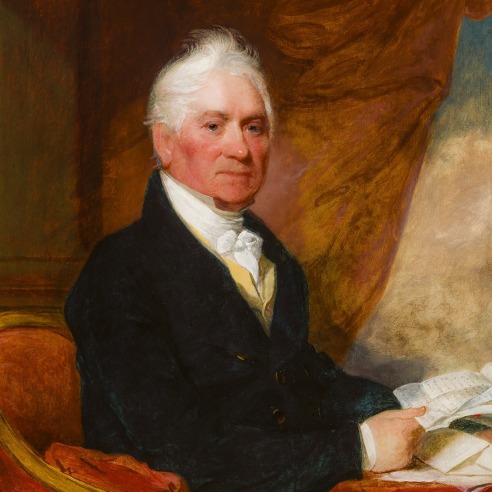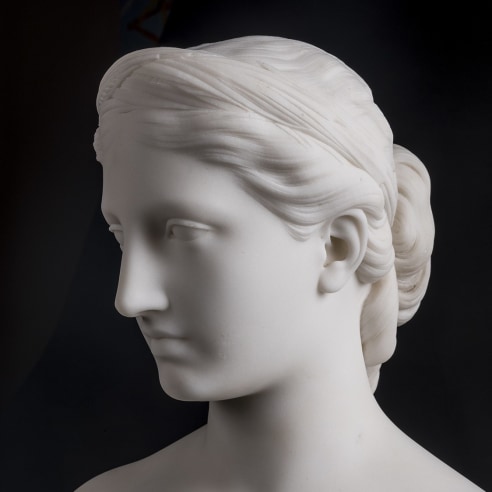
THOMAS BALL (1819–1911)
Sunshine, 1872
Marble, 19 1/2 in. high x 14 in. wide x 9 in. deep
Signed and dated (on the back) T. BALL 1872
RECORDED: cf. Thomas Ball, My Fourscore Years: Autobiography by Boston Sculptor Thomas Ball (1819–1911), Greta Elena Couper, ed. (Los Angeles,: Trecavalli Press, 1993), pp. 113, 146, “Works,” no. 42 illus. // cf. Thayer Tolles, ed., American Sculpture in The Metropolitan Museum of Art (New York: The Metropolitan Museum of Art, 1999), p. 82
EX COLL.: private collection, until the present
Sunshine is a portrait bust in marble depicting a happy little girl, probably the sculptor's daughter, Kitty, first modeled in 1872. It closely relates another bust by Ball of youthful exuberance, La Petite Pensée, which enjoyed such great success that it is little wonder Ball decided to revisit the theme. Whereas the model in La Petite Pensée looks down, averting the gaze of the viewer and keeping her thoughts to herself, Sunshine looks directly at the viewer. She is aptly named. An expression of unambiguous delight lights up her face, radiating a spirit of mirth and joy. Her exuberant curls, peeking out from under a loosely draped kerchief, are echoed in the garland of flowers and leaves encircling her shoulders. Thomas Ball may have been known for his monumental public statues in bronze and for portrait busts of famous Americans, but Sunshine is a domestic-scale reminder of the substantial career of its maker.
Sunshine is but one of a number of child-themed ideal sculptures that Ball created at the height of his career. While he may have recruited his daughter and niece as models, he also hired local children, often the offspring of his adult models. Variations on putti imagery, representations of angelic infants or children were, a staple of traditional art, and meshed nicely, as well, with mid-Victorian notions of idealized childhood. More to the point, they suited the temperament of this artist. Thomas Ball loved children and was the doting father of an only daughter. The enduring popularity of Ball’s child-themed ideal works confirms that Ball’s taste was shared by a significant number of his patrons.




